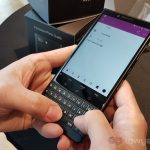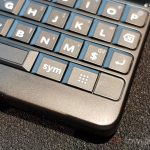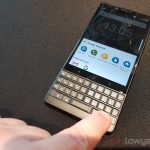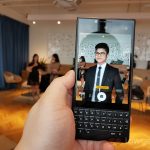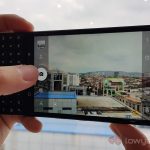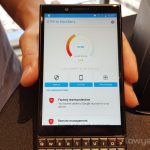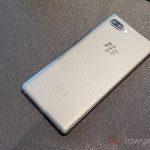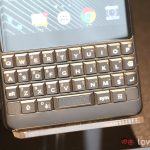Back nearly a month ago, BlackBerry officially announced the KEY2, the follow-up to the company’s BlackBerry KEYone. Like its predecessors, the phone retains the same purposeful design: sharp machine cut edges, coupled with some of today’s top notch hardware, to create a professional-looking smartphone as the end result.
Let’s start by getting the phone’s hardware specs out of the way. Inside, the KEY2 is powered by Qualcomm’s new power-efficient Snapdragon 660 SoC, 6GB RAM, and a 3,500mAh non-removable battery. Storage-wise, the variant that BlackBerry is bringing into Malaysia comes with a 64GB internal storage capacity, which can be expanded via the on-board microSD card slot.
To keep the internal chugging along smoothly, the KEY2 comes equipped with a 3500mAh battery. If anything, the battery capacity isn’t small by any measure, but it certainly isn’t the biggest battery we’ve seen in a smartphone either.
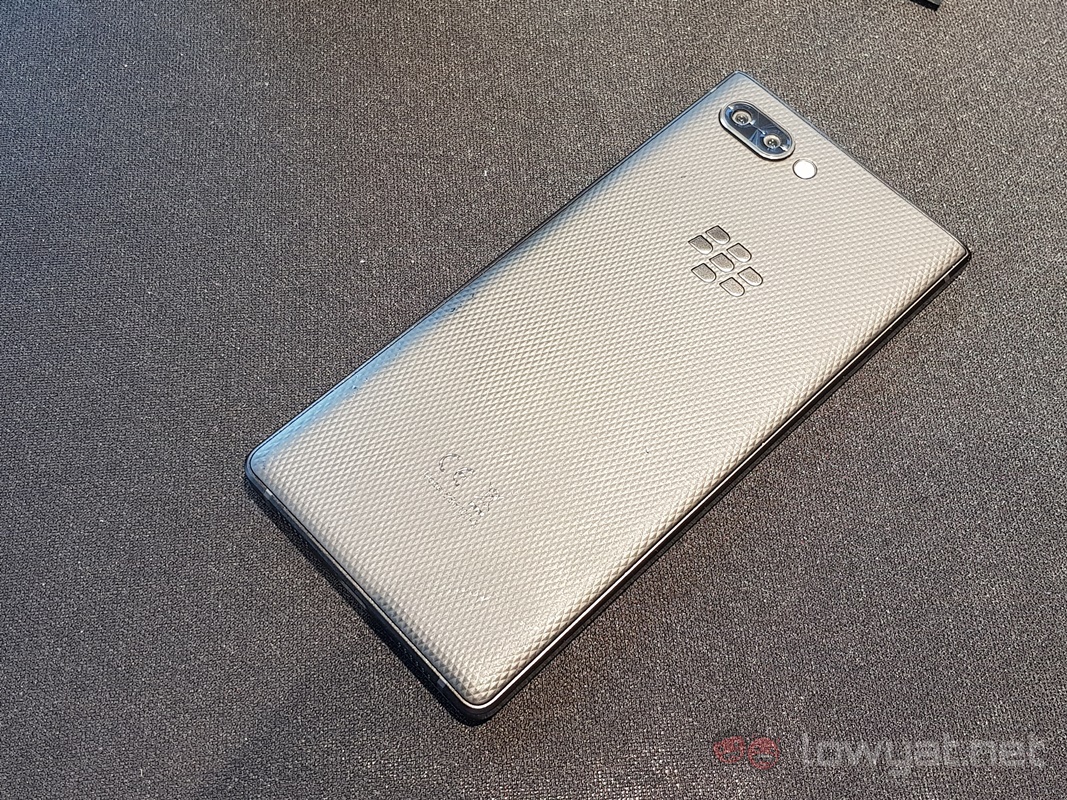
As we mentioned at the start, the KEY2 sports that same rugged, yet entrepreneurial look that many people have come to associate with the brand. The phone’s frame is made out of aluminium, while the back of it is covered with a rubberised material that actually helped me to keep the phone firmly in my grips.
Still touching on the phone’s aesthetics, I like how BlackBerry rounded out edges at the bottom of the phone in order to make typing on the keypad a more comfortable experience.
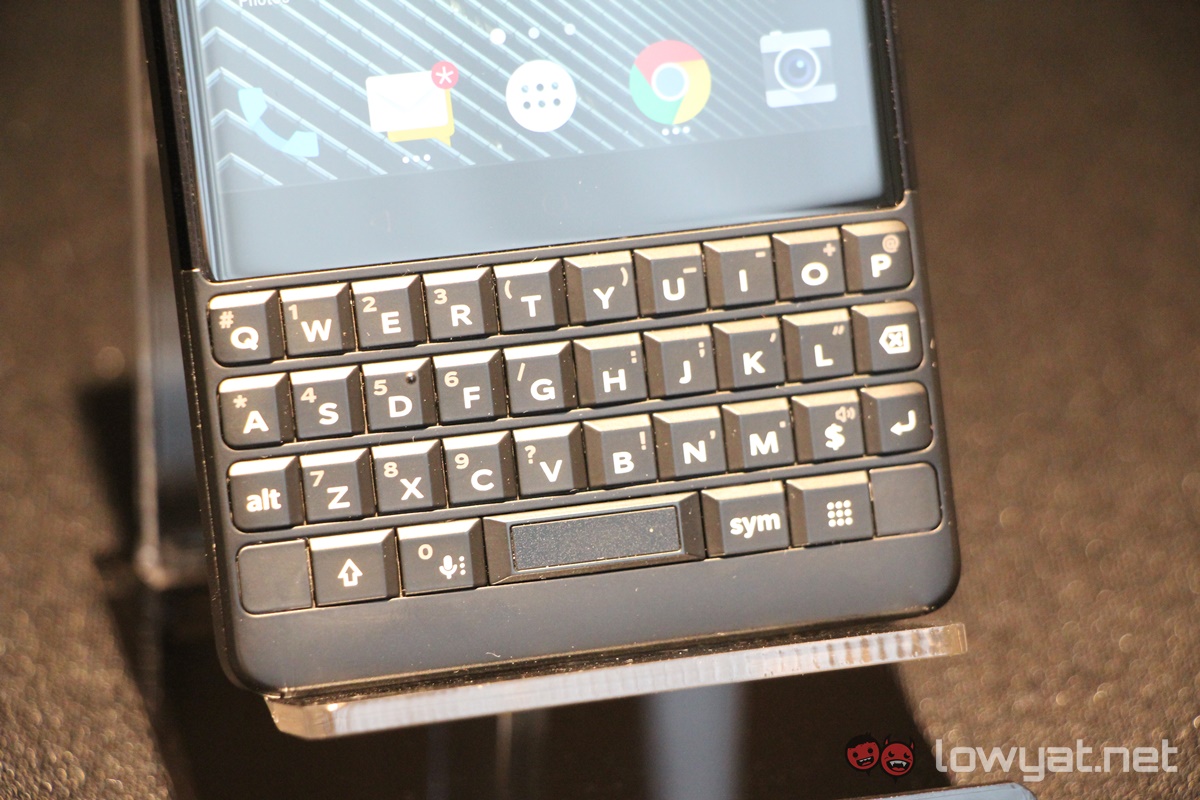
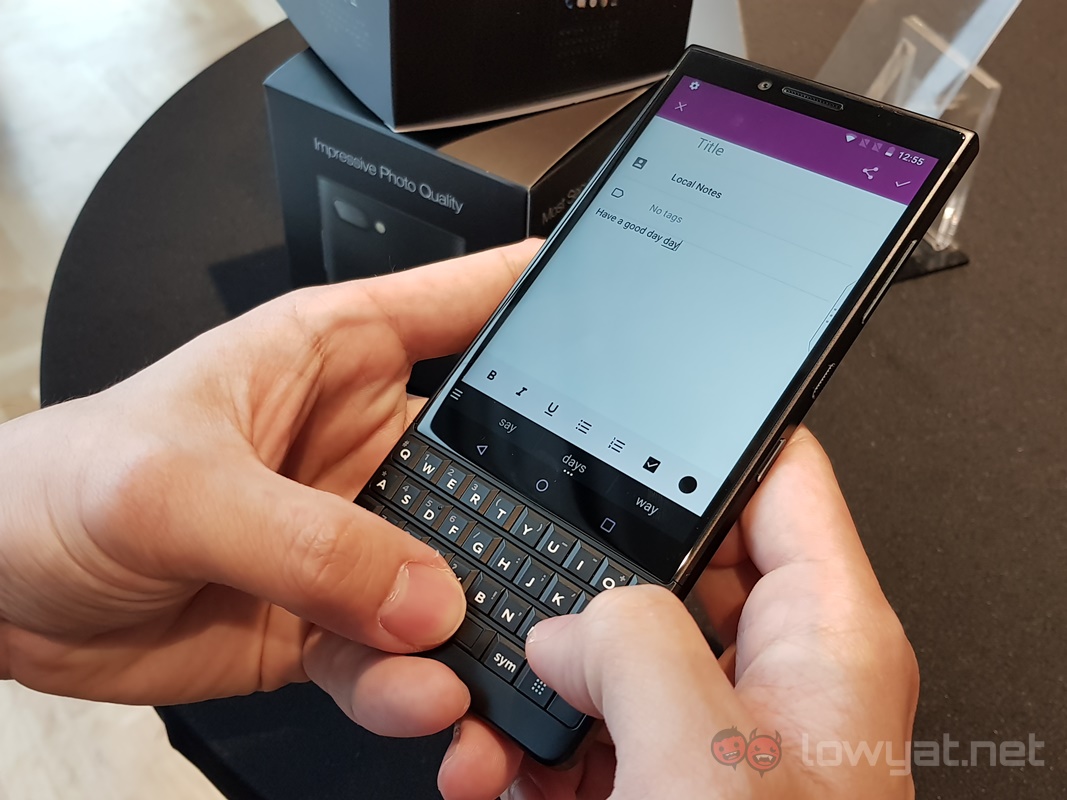
That brings us to our next topic of discussion: the QWERTY keypad. BlackBerry says that it gave the keys on it 20% more real estate for the fingers, and we’re inclined to believe them. Typing on the phone’s keypad actually felt satisfying, and that’s also because it retains the same tactile click from the KEYone.
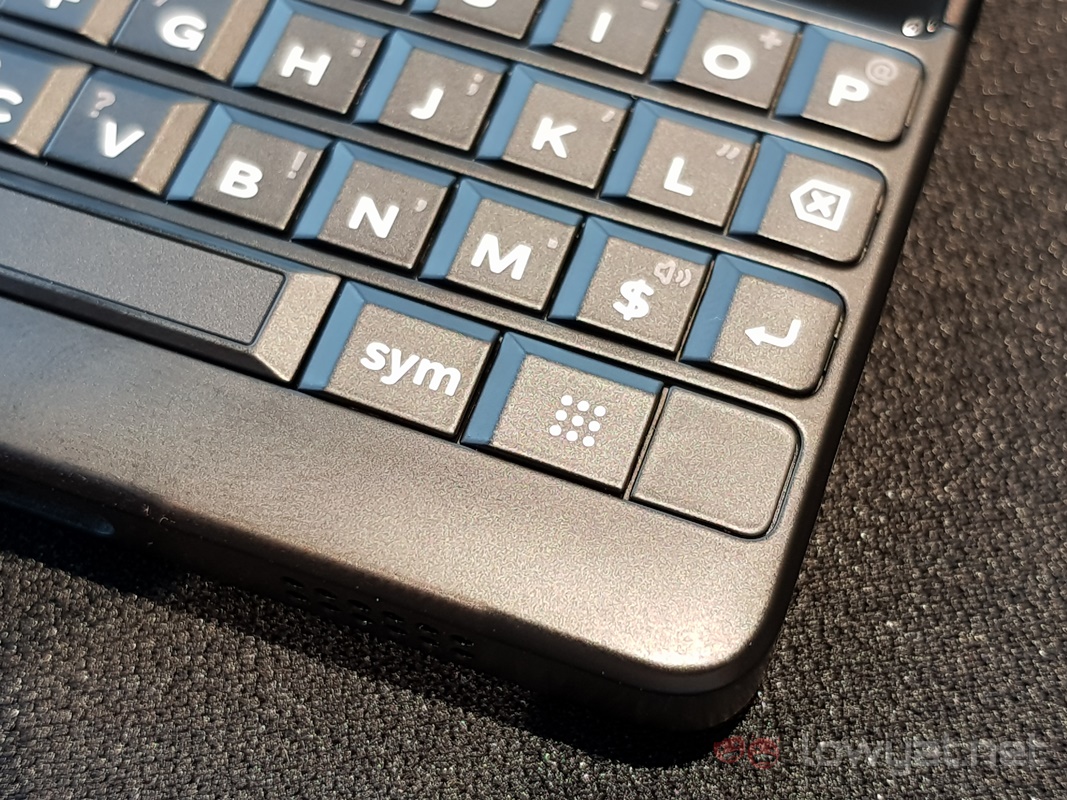
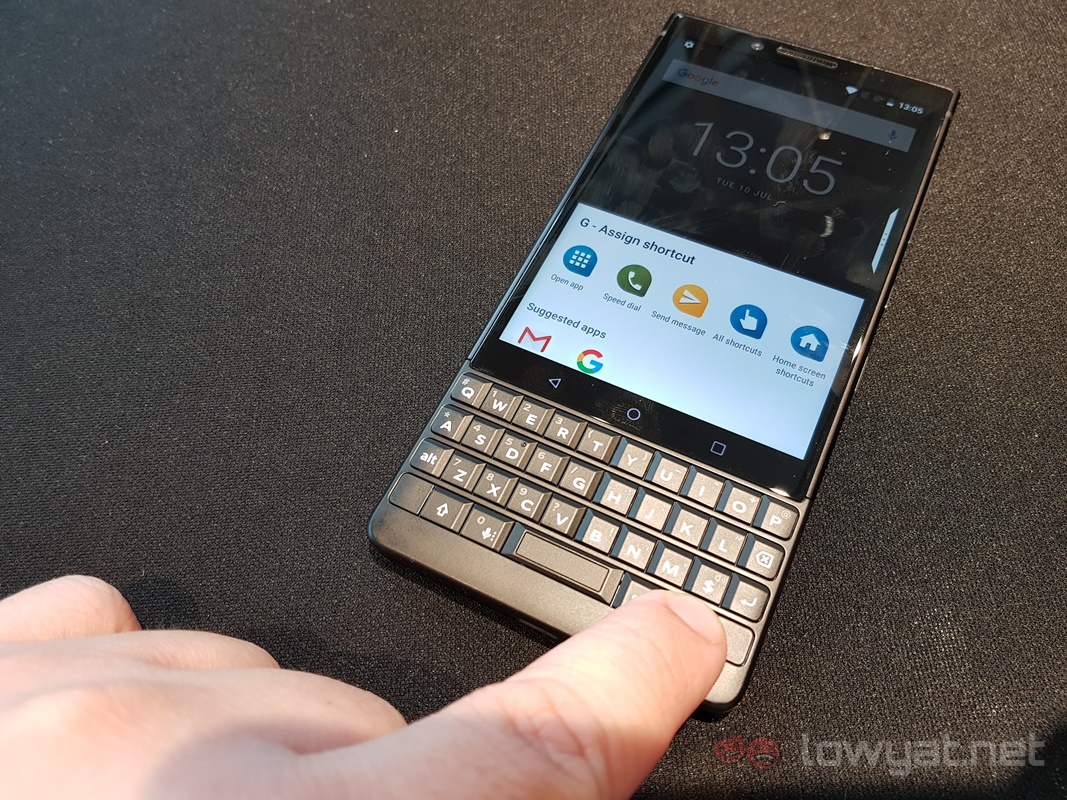
On another note, the new Speed Key could stand to benefit from a few tweaks. While holding down the button and keying in the first initial of an installed app saves us the trouble of heading back to the homepage, it feels as though the feature would be more appealing if it would allow us to search for an app by its full name (or at least a partial search).
Moving on, the KEY2’s display actually feels and looks really sharp, despite only measuring in at 4.5-inches and having a native resolution of 1620 x 1080 pixels. Texts, app icons, and images were sharp and clear, but while having a dedicated keypad does improve overall power consumption for the phone, it did take a bit of getting used to typing on something other than a software-based keyboard.
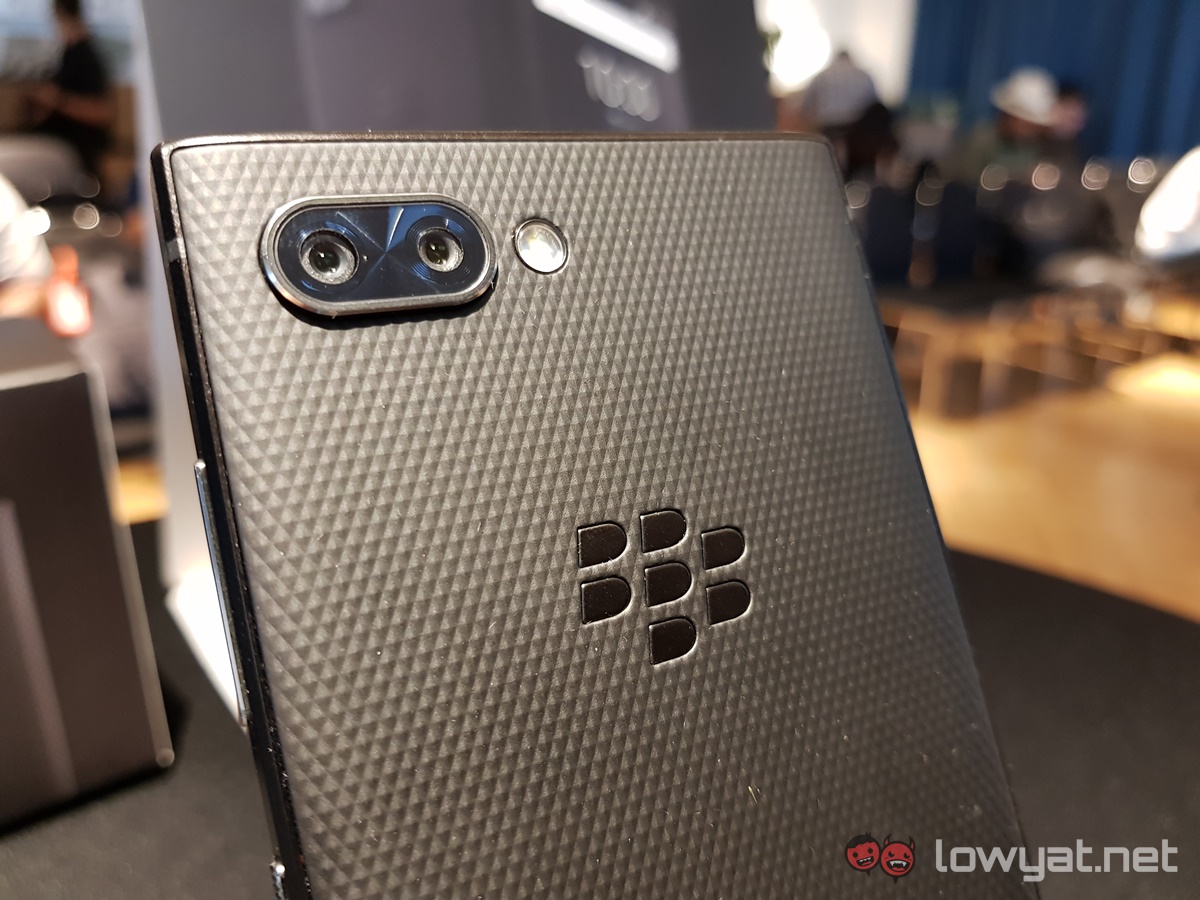
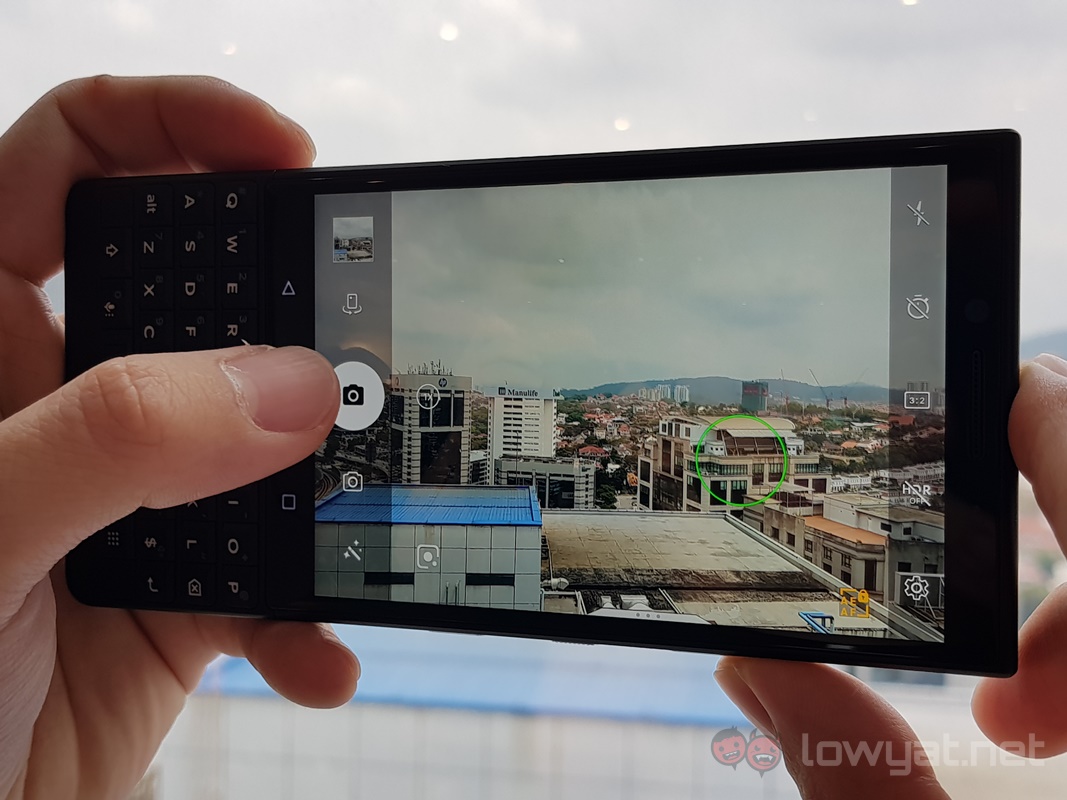
The phone’s dual 12MP+12MP main camera array felt something of a mixed bag to us. In our short time playing with it, we found it to be very responsive, with the lag between each shot being only a fraction of a second. However, the quality of the photos did look a little muted, and less punchy then we would’ve liked them to be.
Sadly, I wasn’t able to take a lot of photos with the phone – BlackBerry had restricted the area in which we could take out the KEY2, and going outside of the venue with the phone to take pictures was clearly not going to happen for us.
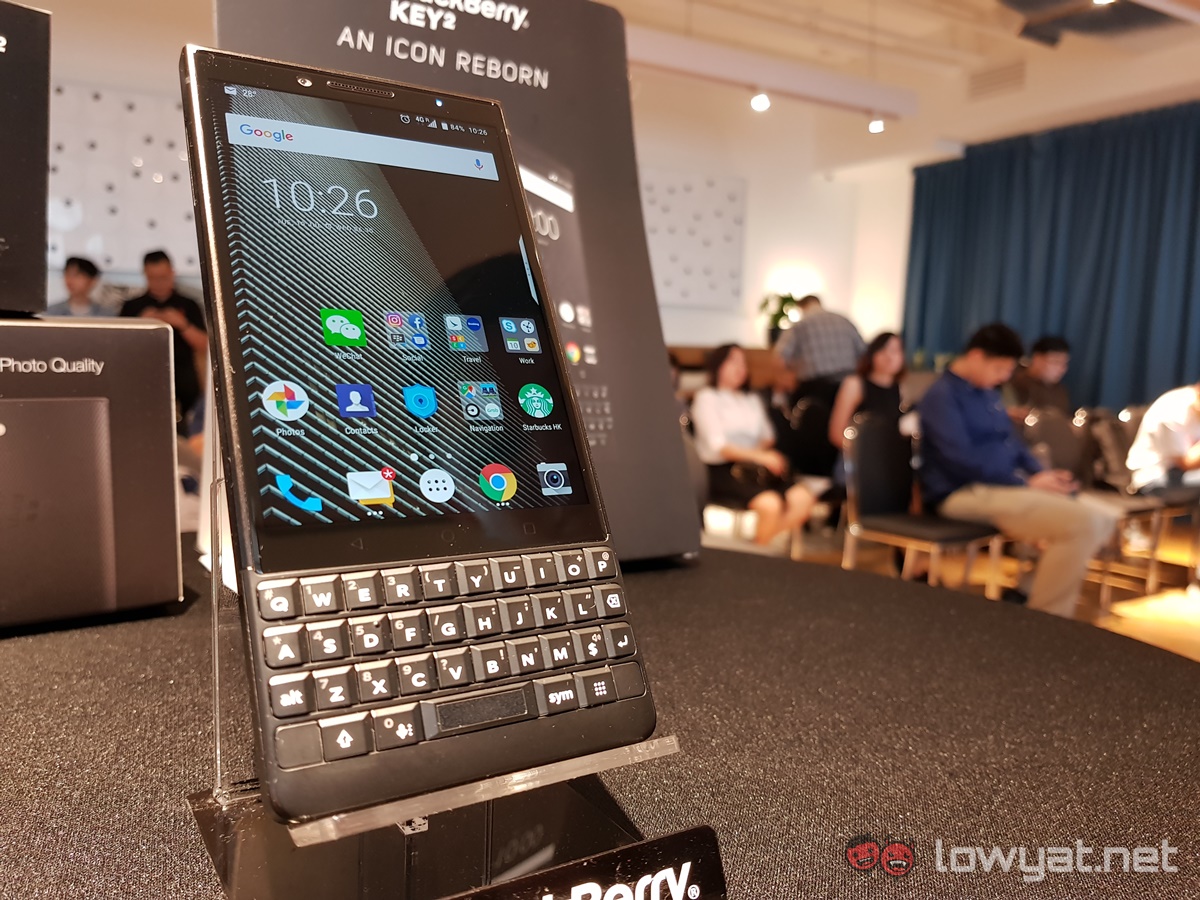
The BlackBerry KEY2 will go on sale on 12 July 2018 at an SRP of RM2599, which is a bit steep given the phone’s slight more than average hardware. There’s a lot that we’d like to try out with the phone, especially with that dual camera.
Follow us on Instagram, Facebook, Twitter or Telegram for more updates and breaking news.



